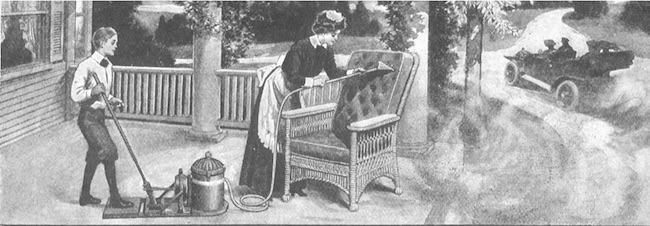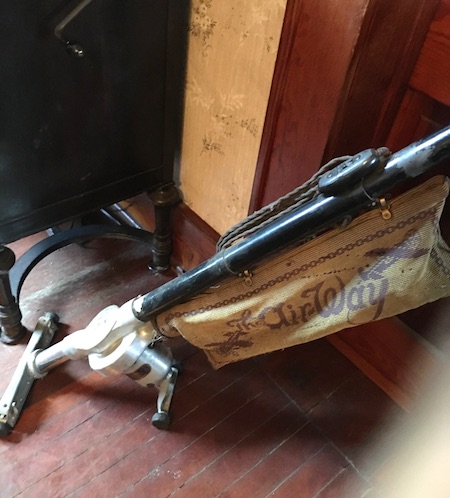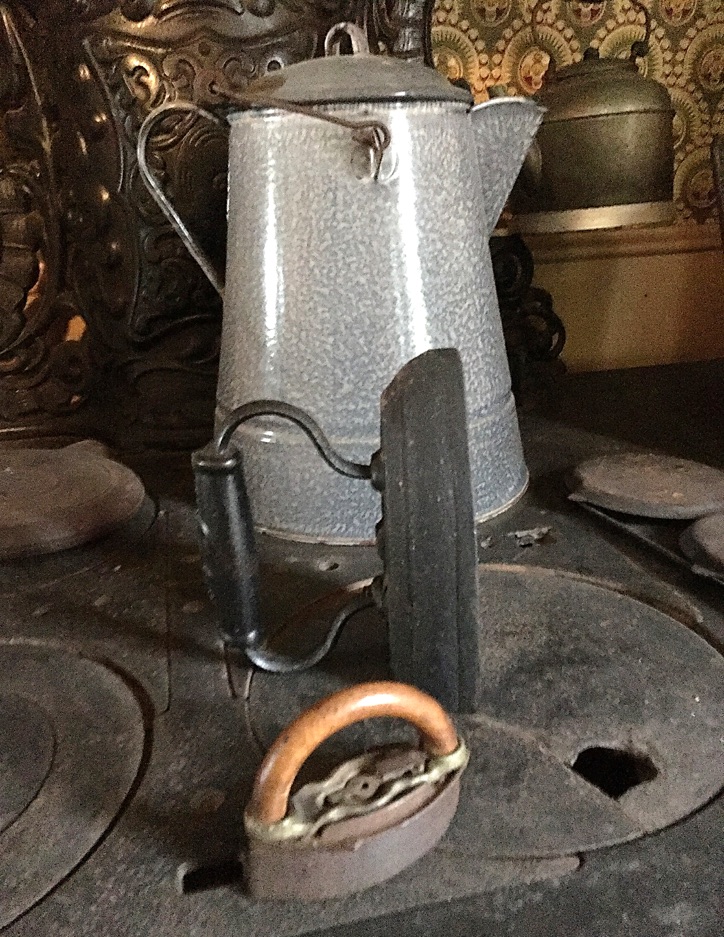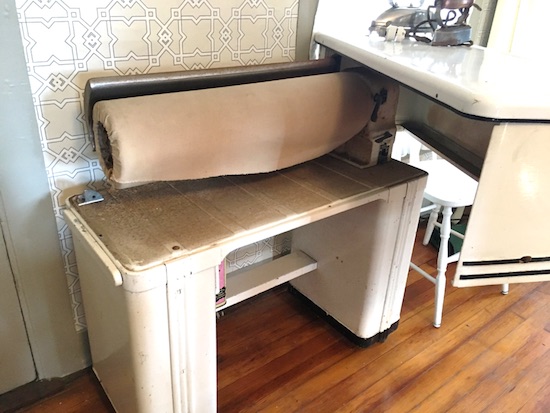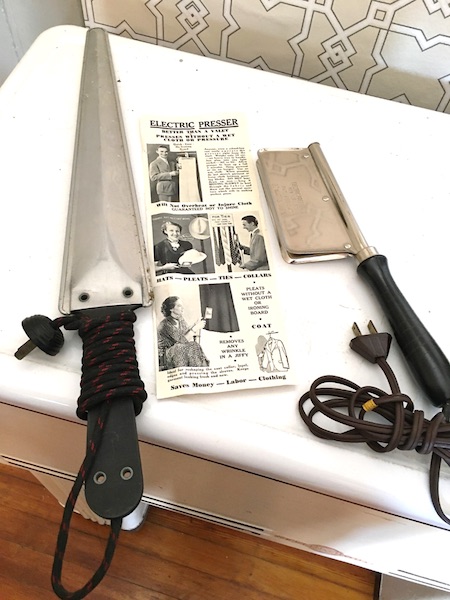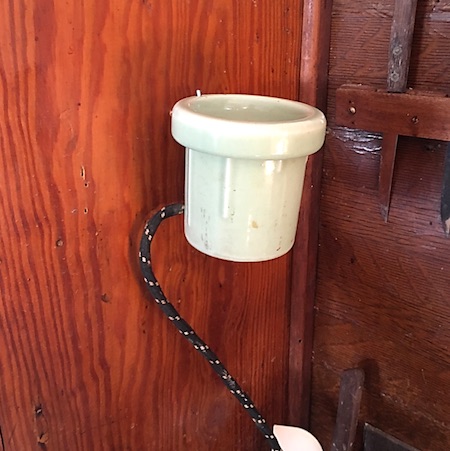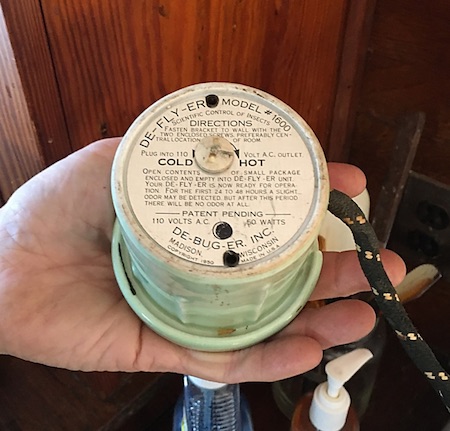Historic Childs: Electricity powered many labor-saving devices in homes (Part 3)
By Doug Farley, Cobblestone Museum Director
CHILDS – In the past two weeks, we have looked at how electricity first came to the Hamlet of Childs and the dramatic effect it had on changing how people lived their lives.
It was said, “Electricity is the only servant you will ever need!” Times had changed. In the early-1800s, if you were fortunate enough to have rugs in your home, the homemaker would probably clean them by hanging them over a line outdoors and then swatting them with a carpet beater.
Fast forward 50 years or more and the Victorian home might have the Eureka Pneumatic Cleaner as seen above in the Ward House in the Hamlet of Childs.
Actual operation of this vacuum was cumbersome at best. It was a heavy, two-person endeavor that required someone to pump the handle to create suction and someone else to direct the wand to the area to be cleaned.
Moving forward to the decade known as the Roaring ’20s, we find a much improved cleaner called the Airway as seen here at the Vagg House in Childs. This upright electric vacuum cleaner was produced by the Air-Way Sanitizor Company beginning in 1920. Company advertising stated this revolutionary machine “could be found in modern homes the world over!”
Housewives throughout time have probably shared a distain for laundry day. Certain chores have been worse than others, but most folks would agree that ironing is a chore they don’t enjoy. Electricity changed that, at least to some degree.
Prior to installing electricity in the home, homemakers would have removed wrinkles from their family’s clothes and linens using a heavy iron made of cast-iron. The iron would need to be heated on a wood or coal stove before it was used. Controlling the temperature of the “appliance” was iffy at best. Certainly many a shirt was scorched in the process.
Electricity added a new level of convenience to the chore. Not only were the new electric irons lighter, they had switches to control the temperature of the iron. An early electric iron is shown above. This model had another benefit in that the iron itself was cordless. The base unit held the electric cord and when used, it would heat up the iron to a suitable temperature.
If we move forward another 20 years to World War II, we start to see another appliance added to the home to help with ironing clothes, the electric mangle. Relatively speaking, this was a pretty large appliance compared to the simple iron. It consisted of a cloth covered roller inside a freestanding white enamel cabinet that heated up and pressed clothes by applying pressure between the roller and a metal plate. The model shown here was owned and used by Hamlet of Child’s resident, Nellie Vagg, wife of blacksmith Joseph Vagg.
Today, with modern blended fabrics and de-wrinkle settings on clothes dryers, we don’t pay a lot of attention to pressing clothes. This was not the case during the Baby Boom years when an assortment of electrical appliances were created to help with the task. In the above photo we see two such devices, an electric tie presser and pants creaser.
The last item we will look at today, shown above, is an appliance you probably have not seen very often, if at all. See if you can guess what it’s used for. It was usually found in the kitchen, but could have been located in other rooms, too.
If you guessed a DE-FLY-ER Model 1600 by DE-BUG-ER INC., you win the Kewpie Doll! This appliance was designed to rid your household of flying and crawling insects using invisible vapors. (Don’t breathe too deeply though, the device used benzene hexachloride, a known carcinogen, today!) The patent date shown here is 1950, and at that date, electricity had finally become available in all of Orleans County.
Our next article of Electricity Comes to Childs (Part 4) will take a look at even more labor savings appliances that found prominence in the all-electric kitchen after World War II.


























